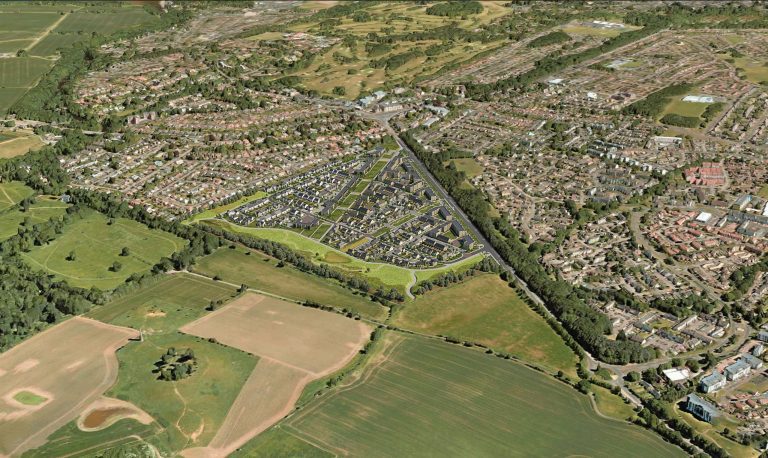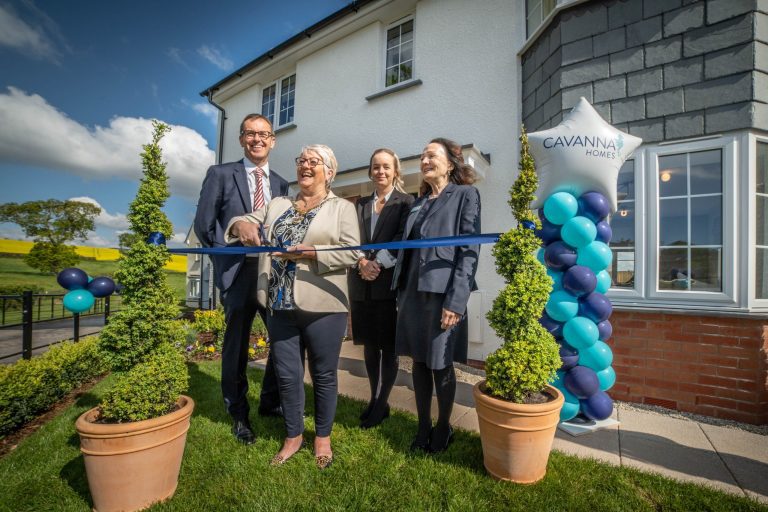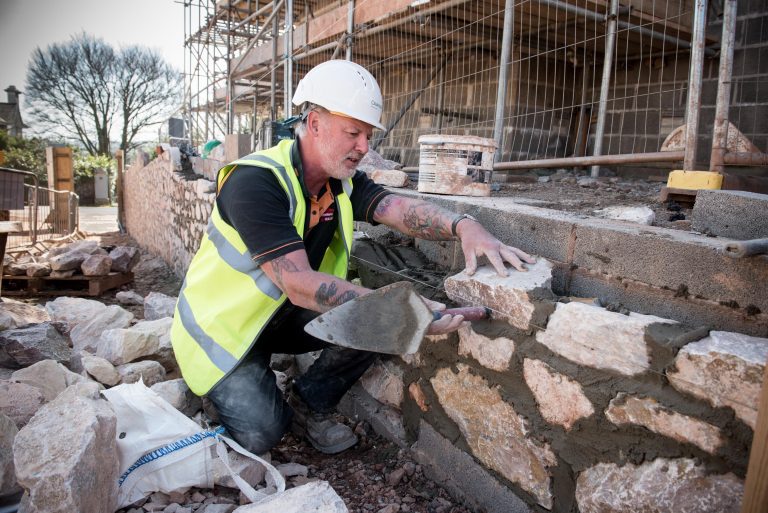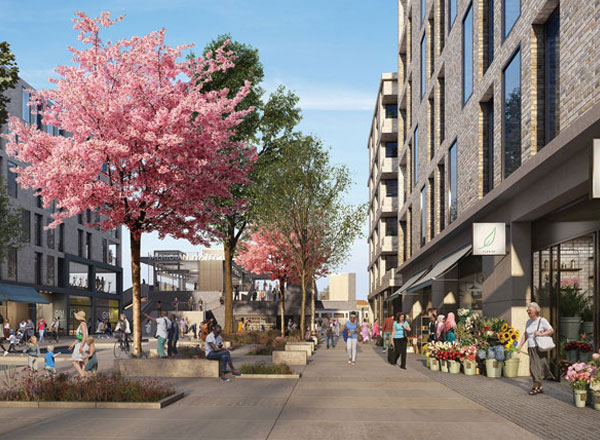Time is running out for the UK to meet its carbon reduction targets and the way we live has to change. A big part of that will be saying goodbye to our gas and oil boilers, which the UK is looking to phase out almost completely by 2050. Indeed, in March 2019 it was confirmed that from 2025 it will be illegal to install gas boilers in new build homes. It’s a tall order, especially when you consider that the Department of Business, Energy and Industrial Strategy (BEIS) has vowed to try and keep energy bills as low as possible. The Guardian reported in 2018 that households need electric or hydrogen boilers sooner rather than later if the UK is to hit its carbon targets at the lowest cost. And while electricity supplies are rapidly switching to low-carbon sources, almost all homes today rely on fossil fuels. According to the Committee on Climate Change (CCC), the public is largely unaware of the alternatives, and consumer understanding is “far from where it needs to be.” So, we need to make big, long term changes to the way we power and heat our homes, but with minimal up-front costs and lower ongoing energy bills. Building Products caught up with IOBAC’s CEO Paul Woolvine about how the built environment could do it. IOBAC delivers innovative heating and flooring technologies based around speed of install, flexibility, operational effectiveness, and sustainability. Heated flooring to the rescue (but not as you know it!) Generally, underfloor heating operates at a lower temperature when compared with standard radiators; it retains heat for a good length of time after it has been switched off; and the even distribution of heat can allow a room to heat up more quickly and stay warm. For some people, however, barriers still exist that put them off underfloor heating. It’s considered by many as an expensive luxury product with a disruptive, complex installation processes. It can also be difficult to remediate if there’s a problem. And the big one: typically, there are limited options for renewable energy inputs. So, can we harness all of the intrinsic benefits of underfloor heating within a simpler, more cost-effective and accessible solution? The good news, according to IOBAC’s CEO, Paul Woolvine, is “yes”. Paul explains: “IOBAC heated flooring was developed to overcome issues commonly associated with conventional electric mats and water-based underfloor heating systems. Our heated flooring solution doesn’t require you to dig up your floor or cause any disruption to any existing pipework or electric system.” Sounds easy, right? “It really is as easy as it sounds,” continues Paul. “The process is as follows: lay conductive copper strips, apply conductive paint, apply magnetically dielectric paint, install surface tiles, connect copper strips, and away you go. It’s far easier to install and much easier to remediate or change and is a simple painted solution – simply remove the floor tile and coating and repaint. And importantly, this underfloor heating solution can be powered by a highly efficient electric input from an AC or DC supply – like solar panels. With this technology it’s absolutely feasible to heat your home with solar power – or any other electrical input for that matter. That way people don’t need to be reliant on big energy companies.” On this solution’s sustainability credentials, Paul explained: “Well, firstly, this solution uses infrared heat. Research suggests that infrared heat has numerous health benefits, including increased blood circulation, an enhanced immune system, and reduction of joint pain and inflammation. Infrared heat is typically more budget friendly; designed with sustainable inputs the running costs are significantly less than conventional solutions and the temperature tends to be more consistent.” So, you’ve heard of heated flooring, but heated walls? Traditional radiators can range anywhere from 120mm to 480mm and typically, the thicker the better due to a lower fin density. But a thicker radiator can look bulky and unsightly, or even cause design issues. Paul explains why he believes IOBAC’s alternative offers the best of both worlds: “Our heated walling technology is a modern-day alternative to traditional radiators. It’s a micro-thin radiator which can essentially be ‘painted’ onto the wall using a special patent-pending Graphene based technology. This enables more design freedom – no more unattractive wall-hung radiators – and can be connected via an AC or DC supply. Imagine your home without bulky radiators! This technology essentially works in the same way as our heated flooring: conductive copper strips, apply conductive resin, dielectric paint, and connect copper strips. It shares further similarities with heated flooring: it’s non-disruptive, cost-effective, and enjoys all the benefits of infrared heat. “Of course, some people – especially those that are environmentally conscious – may want to switch out their traditional radiators straight away. But we don’t necessarily anticipate 20 million-plus households to rip out their existing radiators overnight. It’s why, initially, we envisage that this technology will be best suited to the new-build market. It’s also why we’ve developed a smart radiator cover for retrofit applications that will be available later this year.” Retrofit radiators do of course currently exist, but some can be inefficient and fairly expensive. Paul explains IOBAC’s imminent answer: “Retrofitting radiators can be costly and time-consuming – often you have to deconstruct the radiator. IOBAC’s technology enables you to effectively cover the existing radiator with a highly efficient Graphene based heating system, which is really simple to do yourself. This is again utilising our super conductive graphene technology and, as with our heated flooring and heated wall technology, it can be designed to be more efficient than traditional solutions. This will be available to buy over the counter later this year. Watch this space!” Straightforward switching Paul concludes: “We think these technologies could enable the government’s 2050 target to potentially become a reality by the mid-2020s. But, crucially, it needs to be straightforward for people to switch to more sustainable solutions and energy sources. As The Guardian says, most people, unfortunately, are unaware of the alternatives. More













